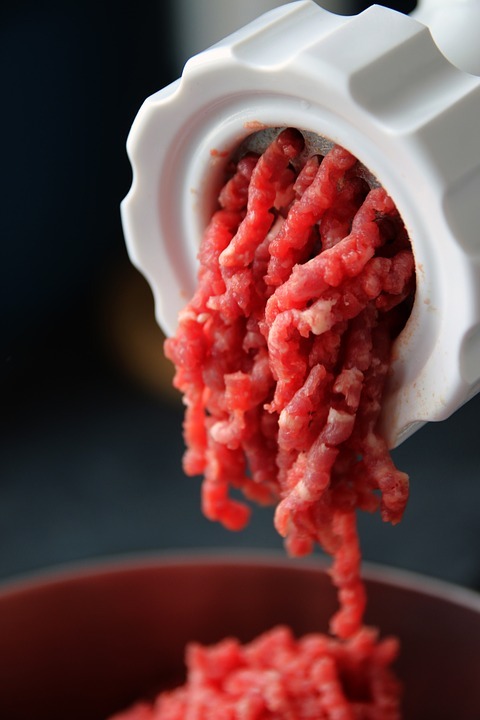Beef mince is one of the most common meat varieties used across the world. Widely used for making burgers, lasagne, and spaghetti Bolognese, it is hard to find a household that does not have mince in its regular menu. Easy to cook, delicious to taste, and budget-friendly, it is one of the most family-favourite ingredients.
Meat mince is nothing but boned meat in which tougher cuts are tenderised to be easily and quickly cooked. Beef shoulder is an ideal cut to mince, but now, lesser-seen cuts are chopped to make flavoursome beef products. Click here to know more details about beef recipes and nutritional facts. Also, click the link to order safe and legit organic grass fed beef online. Here are five essential things you must know about beef mince:
1. Changes Colour
Beef mince changes colours all through its shelf-life. When fresh, it is bright red but turns brownish-grey in some time. Irrespective of the colour, both are safe to eat as long as it has not crossed its use-by-date.
2. Temperature Requirements
Minced beef should be kept on a separate refrigerator shelf, in which a temperature of 0-5°C should be maintained at all times. Keeping beef mince at such a temperature prevents bacterial growth, as bacteria can double up within half an hour if exposed to a temperature of more than 5°C. Due to the high bacteria risk in beef mince, make sure its juice does not contact other fruits, vegetables, and food items in your refrigerator.
3. Excellent Freezing Property
You can buy a large pack of beef mince since it has the property of freezing well. Take the portion that you want to cook now, and keep it back in the refrigerator. You can keep using it before its use-by-date.
However, don’t forget to thaw the meat fully by leaving it on the bottom shelf of your fridge. Please keep it away from other food items to prevent bacterial contamination. Once defrosted, use it within 24 hours and don’t keep it back for re-freezing.
4. Contains E. Coli Bacteria
coli bacteria can be present in beef mince, because of which it is imperative to cook it thoroughly. Only the exterior part of a meat cut can have bacterial exposure, which means only the outer part needs thorough cooking to maximise safety. However, in minced beef, the bacteria may mix throughout the meat, thereby requiring thorough cooking both inside and out.
5. Different Ways to Cook
Now that you know so much about beef mince find some great recipes using this ingredient. You can make spaghetti Bolognese with it, a delicious mince sauce that matches every taste. Lasagne and tacos made of minced meat also attract a lot of food lovers. You may combine any leftover meat with vegetables and other condiments to make flavourful burgers.
6. Fat Content
Several fat ranges are available in beef mince – low fat, lean, premium, extra lean, etc. Ensure to read the labels to know the fat content. Generally, in Australian beef mince, the fat content is around 20%. White specks in the mince are a good indicator of fat content.
Beef mince is a versatile ingredient that you can use to make various dishes and recipes in your kitchen. Both kids and adults will become fans of your culinary skills. Just ensure to store it well and maintain the right temperature to prevent bacterial growth. Use online sites to get inspired by the choicest beef mince recipes posted there.

